








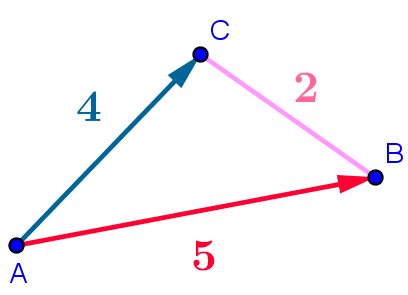 \[\overrightarrow{\mathrm{AB}}\cdot \overrightarrow{\mathrm{AC}}=\frac 12(25+16-4)=\frac{37}2\]
Cela vient de la propriété: \[\vec u \cdot\vec v=\frac12(||\vec u||^2+||\vec v||^2-||\vec u-\vec v||^2)\]
\[\overrightarrow{\mathrm{AB}}\cdot \overrightarrow{\mathrm{AC}}=\frac 12(25+16-4)=\frac{37}2\]
Cela vient de la propriété: \[\vec u \cdot\vec v=\frac12(||\vec u||^2+||\vec v||^2-||\vec u-\vec v||^2)\]

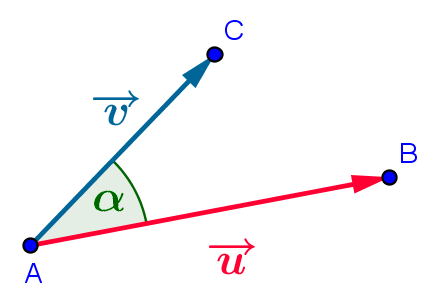 Cas particuliers:
Cas particuliers:
| Si \(\overrightarrow{\mathrm{AB}}\) et \(\overrightarrow{\mathrm{AC}}\) sont colinéaires et de même sens : | \[\overrightarrow{\mathrm{AB}}\cdot \overrightarrow{\mathrm{AC}}=\mathrm{AB}\cdot\mathrm{AC}\] |

car alors \(\alpha=0\) et donc \(\cos(\alpha)=1\)
|
| Si \(\overrightarrow{\mathrm{AB}}\) et \(\overrightarrow{\mathrm{AC}}\) sont colinéaires et de sens contraires : | \[\overrightarrow{\mathrm{AB}}\cdot \overrightarrow{\mathrm{AC}}=-\mathrm{AB}\cdot\mathrm{AC}\] |

car alors \(\alpha=\pi\) et donc \(\cos(\alpha)=-1\)
|

| • Projeter C sur la droite (AB) | 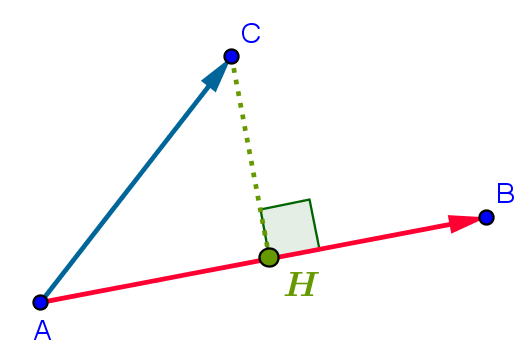 \[\overrightarrow{\mathrm{AB}}\cdot \overrightarrow{\mathrm{AC}}=\overrightarrow{\mathrm{AB}}\cdot \overrightarrow{\mathrm{AH}}\] 
Pour conclure, utiliser le fait que:
\(\overrightarrow{\mathrm{AB}}\) et \(\overrightarrow{\mathrm{AH}}\) sont colinéaires |
| • Projeter B sur la droite (AC) | 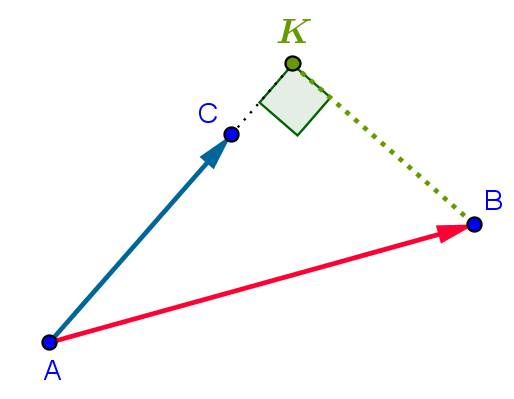 \[\overrightarrow{\mathrm{AB}}\cdot \overrightarrow{\mathrm{AC}}=\overrightarrow{\mathrm{AC}}\cdot \overrightarrow{\mathrm{AK}}\] 
Pour conclure, utiliser le fait que:
\(\overrightarrow{\mathrm{AC}}\) et \(\overrightarrow{\mathrm{AK}}\) sont colinéaires |

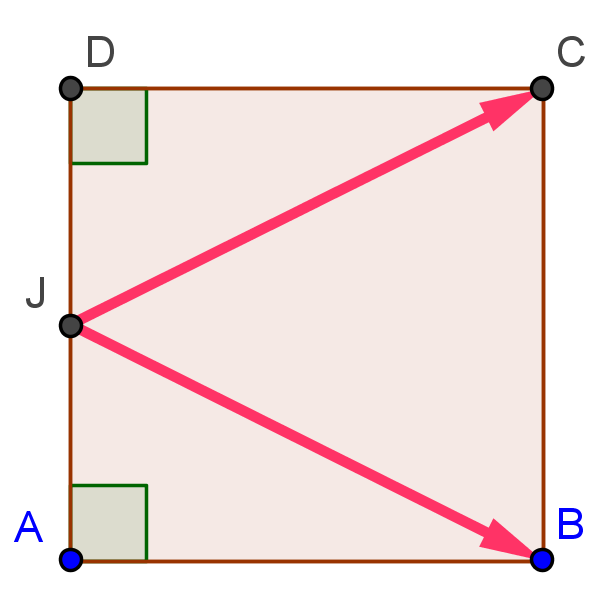




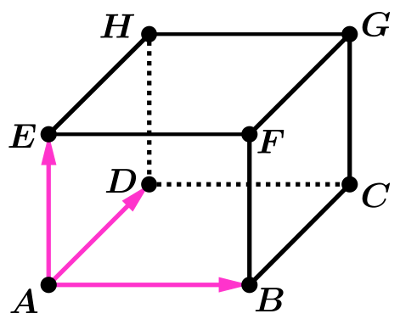








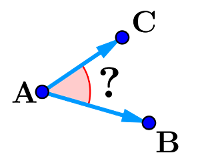
|
|
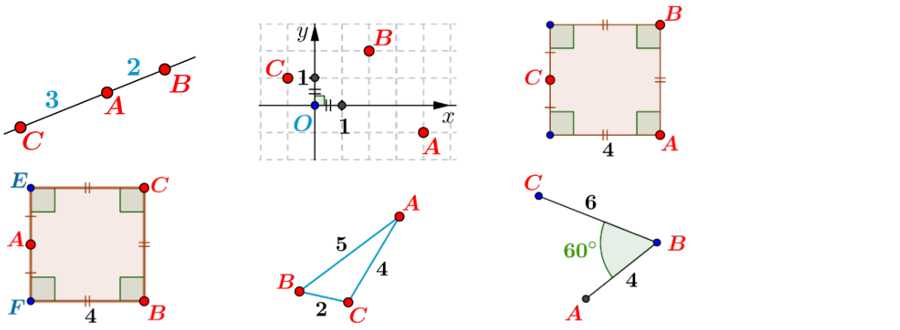





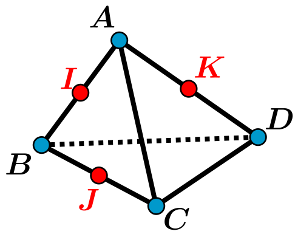


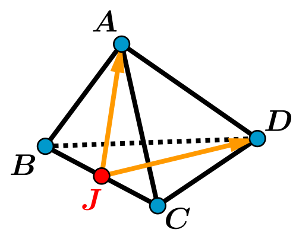


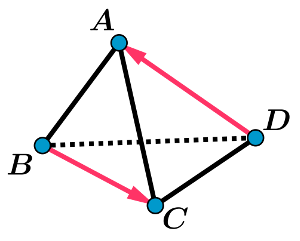


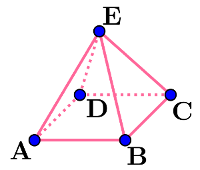


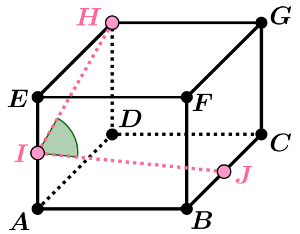


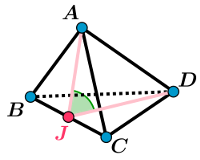


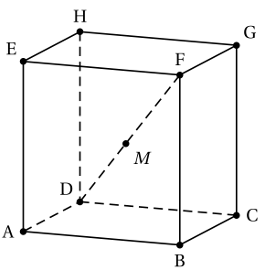




N'hesitez pas à envoyer un mail à:
jaicompris.com@gmail.com